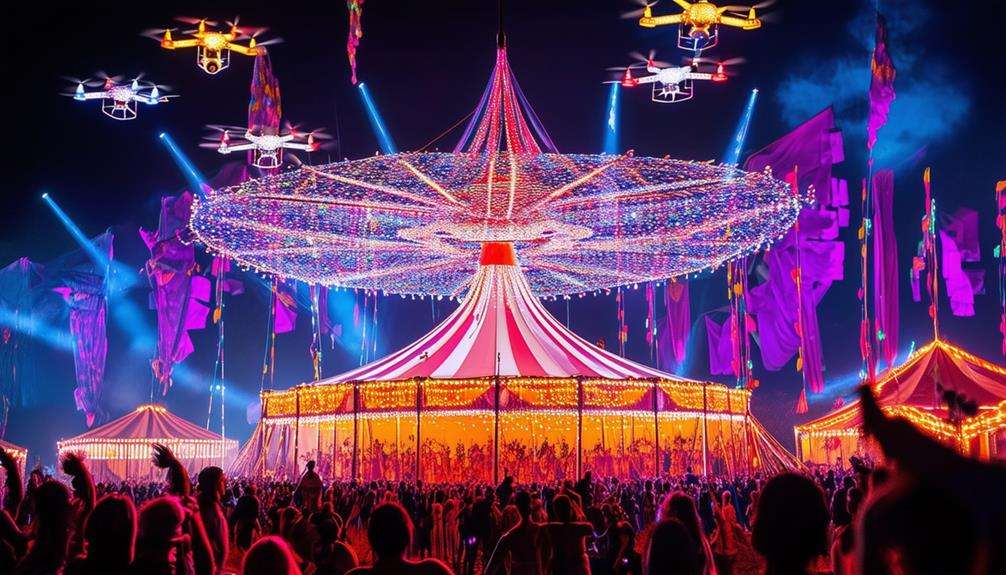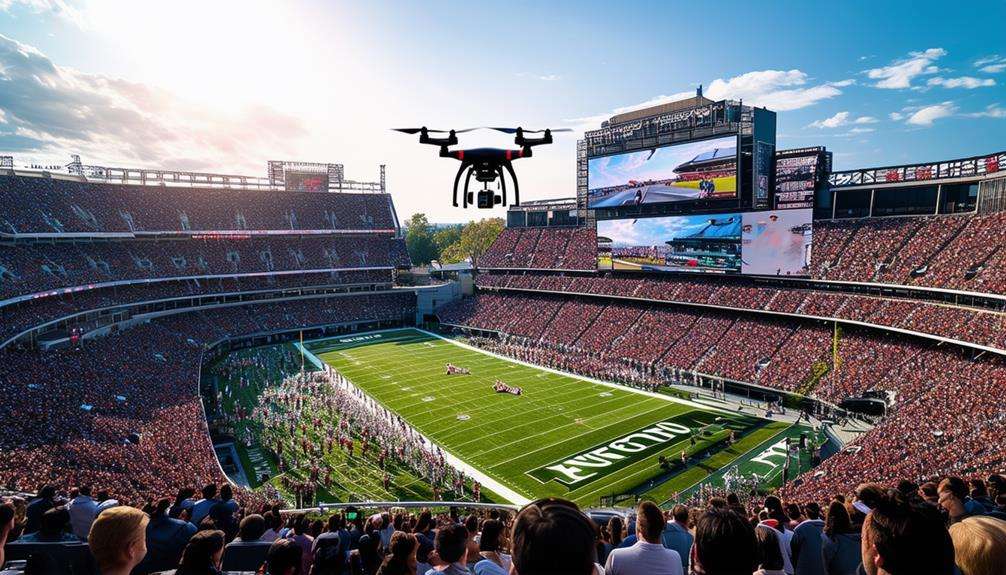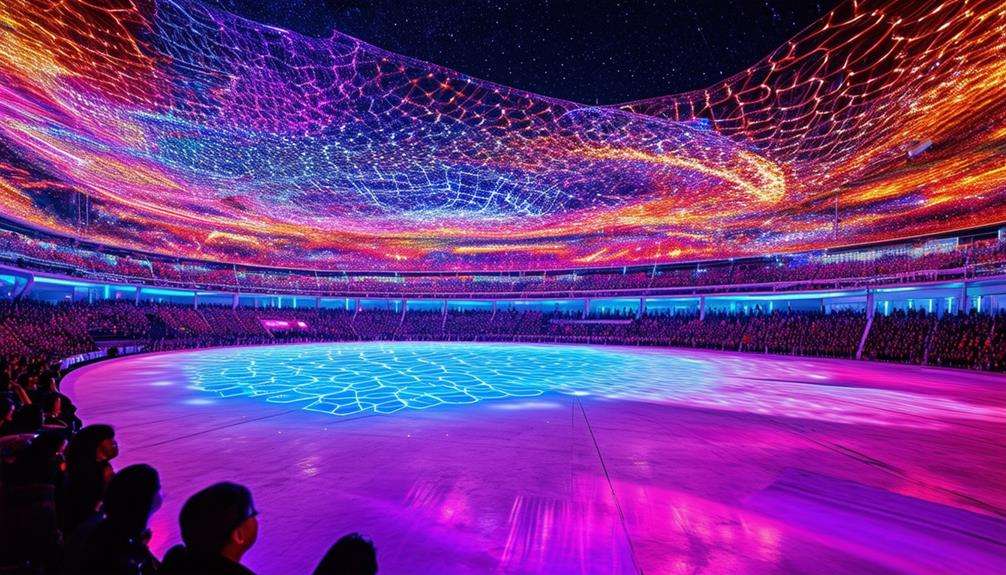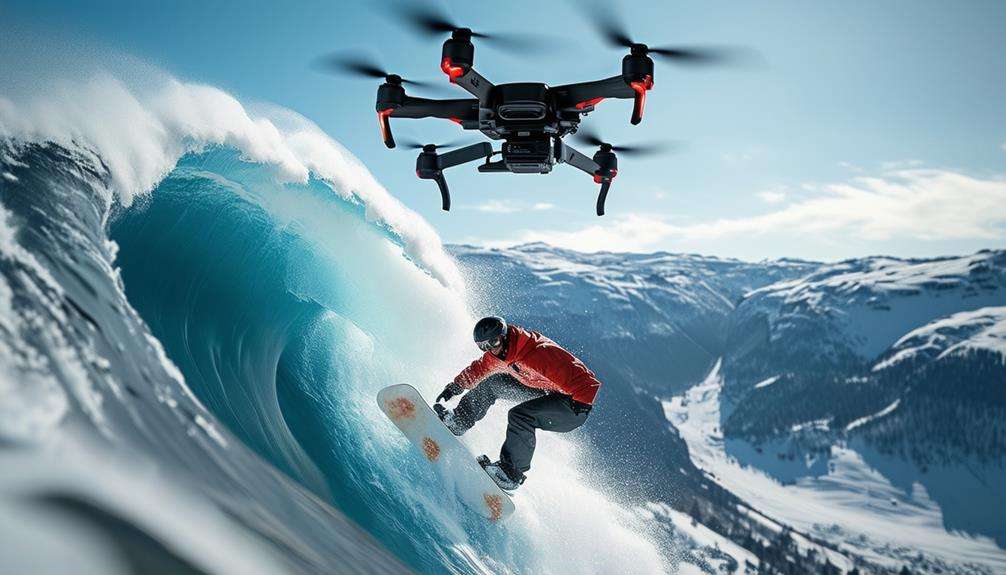How Drones Are Used in Documentaries
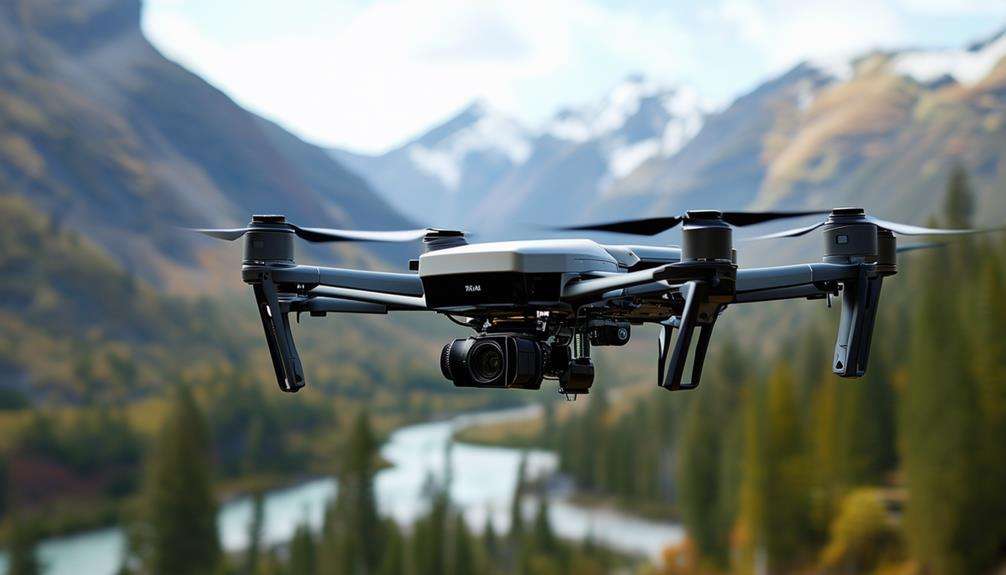
Drones have revolutionized documentary filmmaking, adding a new layer to visual storytelling. They enable the capture of sweeping landscapes and close-up shots of wildlife without disturbing their natural habitats. This technology provides filmmakers with unique angles and perspectives, enhancing narrative depth.
Beyond stunning visuals, drones streamline production by saving time and reducing crew requirements. Interested in how drones influence both the creative and technical facets of documentaries? Let's explore the multifaceted impact of drones on modern filmmaking.
Evolution of Drone Usage
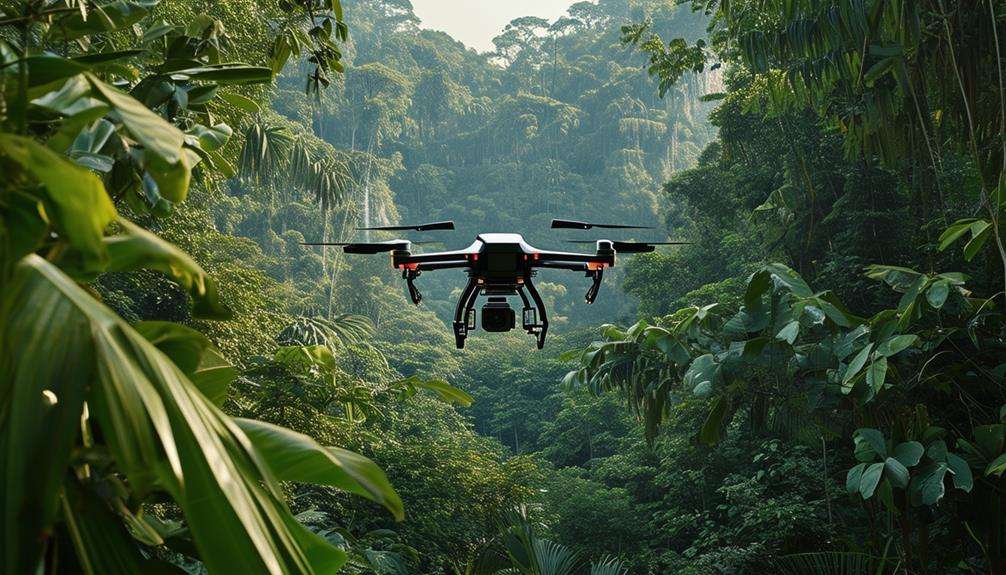
Drones have revolutionized documentary filmmaking by enabling filmmakers to capture stunning aerial footage with greater ease and efficiency. Initially, acquiring such footage required renting costly helicopters and managing unwieldy equipment. Today, drones provide a cost-effective and versatile solution, allowing for dynamic camera angles that enhance modern documentaries.
Advancements in drone technology have made these devices more agile, enabling filmmakers to obtain shots that were previously unattainable. Drones offer unmatched convenience, rapid deployment, and repeatability, significantly changing how aerial footage is captured. Unlike helicopters, drones can be quickly deployed to seize the perfect shot under varying conditions.
However, with this powerful tool comes a responsibility to uphold ethical standards. Filmmakers must respect privacy, minimize disturbances, and use drones responsibly to avoid negatively impacting the subjects or environments being filmed. Adhering to these ethical guidelines ensures that the full potential of drones can be harnessed while maintaining the integrity of documentary filmmaking.
Types of Drones in Documentaries
Let's explore the types of drones used in documentaries by examining their aerial cinematography techniques, camera capabilities, and budget-friendly options. Different drones cater to diverse needs, from capturing breathtaking high-resolution shots to offering cost-effective solutions for filmmakers. Understanding these factors will help you select the right drone to realize your documentary's unique vision.
Aerial Cinematography Techniques
Aerial cinematography in documentaries often leverages advanced drones such as the DJI Inspire and Freefly Alta 8 to capture unique perspectives and dynamic shots that enhance storytelling. These drones offer the stability and high camera quality required to execute various aerial techniques flawlessly.
By incorporating techniques like orbit shots, tracking shots, and reveal shots, filmmakers can create immersive perspectives that draw viewers into the narrative. Here's a quick breakdown of key drone techniques and their impact on documentary filmmaking:
| Technique | Impact on Storytelling |
|---|---|
| Orbit Shots | Adds drama and context by circling a subject |
| Tracking Shots | Follows a subject to highlight movement and progress |
| Reveal Shots | Gradually uncovers new elements or landscapes |
| Immersive Perspectives | Captivates viewers with breathtaking aerial views |
Utilizing these techniques can significantly enhance the visual appeal and engagement of your documentary. Mastering aerial cinematography with drones like the DJI Inspire and Freefly Alta 8 enables you to produce compelling narratives that resonate deeply with your audience.
Drone Camera Capabilities
When selecting drones for documentary filmmaking, it's crucial to consider camera capabilities, stabilization, and flight performance to ensure high-quality aerial footage. The range of drone camera options today is extensive, from consumer-grade UAVs to specialized models like the DJI Inspire, providing the necessary tools to capture dynamic visuals essential for documentary production.
Specialized drones such as the Freefly Alta 8 are engineered with enhanced camera stabilization and superior flight performance. These features are vital for achieving smooth, professional-grade aerial footage, which enhances storytelling. The ability to shoot from unique perspectives allows you to create dynamic sequences and access previously unreachable locations, adding depth and intrigue to your documentary's narrative.
The compact size and agility of drones offer unmatched convenience and rapid deployment, invaluable in documentary settings. This enables efficient capture of repeatable shots, ensuring consistency and precision in your footage.
Budget-Friendly Drone Options
Budget-friendly drones such as the DJI Phantom and Mavic series offer documentary filmmakers affordable solutions for capturing stunning aerial footage. These drones are not only cost-effective but also versatile, allowing you to capture diverse angles and perspectives that enrich your visual storytelling.
One of the major advantages of using budget-friendly drones is their compact and portable design, enabling rapid deployment and efficient aerial filming. This flexibility allows you to capture dynamic shots that significantly elevate the production value of your documentaries. Whether you're filming vast landscapes or intricate urban settings, these drones provide the versatility needed to tell compelling stories.
Here's a quick comparison of some budget-friendly drone models:
| Drone Model | Key Feature | Approximate Cost |
|---|---|---|
| DJI Phantom 4 | 4K Camera | $1,200 |
| DJI Mavic Air 2 | Compact and Portable | $800 |
| DJI Mini 2 | Lightweight and Affordable | $450 |
| DJI Mavic Pro | High-Quality Stabilization | $1,000 |
Artistic Benefits of Drone Footage
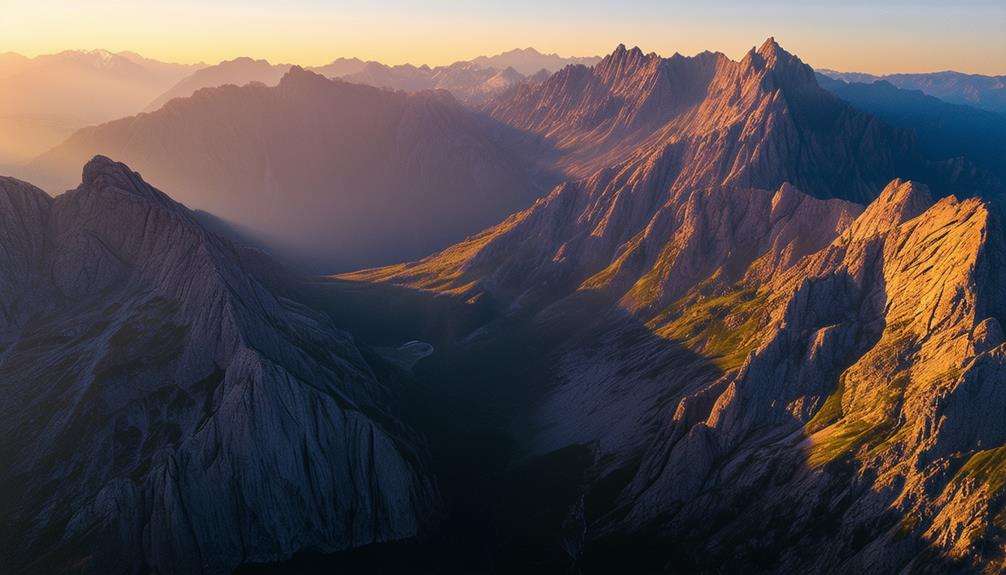
In recent years, drone footage has revolutionized documentary filmmaking by offering stunning visuals that captivate audiences. The artistic value of aerial footage is undeniable, providing unique angles and perspectives that were once impossible to achieve. Drones grant access to previously inaccessible locations, adding depth and intrigue to documentary narratives. These dynamic shifts and immersive visuals create a richer experience for viewers, making storytelling more engaging.
Using drones, filmmakers can incorporate visual metaphors through altitude and motion, enhancing the emotional impact of their films. For instance, capturing a grandiose landscape from above can signify freedom, while a close-up aerial shot of an isolated village can evoke feelings of solitude. Such artistic choices elevate non-fiction filmmaking, making the work both informative and emotionally resonant.
The ability to capture intimate moments and expansive scenes with ease allows filmmakers to convey a wide range of emotions and ideas seamlessly. Drone cinematography doesn't just add spectacle; it shapes the entire documentary, setting new standards for visual storytelling. Integrating these elements leaves a lasting impression on audiences, making documentaries a memorable experience.
Technical Advantages of Drones
Drones offer significant technical benefits that revolutionize documentary filmmaking, particularly through their rapid deployment and portability. Unlike traditional bulky equipment, drones are compact and easy to set up, facilitating quick capture of aerial footage with minimal prep time. This allows filmmakers to focus more on storytelling and less on logistical challenges.
Drones also excel in providing diverse camera angles and dynamic shots that were previously unattainable or prohibitively expensive. Their agility enables unique perspectives that enhance the narrative of your documentary. Furthermore, the ease of repeating shots without the need to move heavy equipment or reset complex rigs increases production efficiency.
Key technical advantages of drones include:
- Rapid Deployment: Quickly set up and start filming, saving valuable time on set.
- Diverse Camera Angles: Achieve a variety of shots that traditional equipment can't provide.
- Improved Efficiency: Reduce setup times and the need for large crews, streamlining the production process.
Ethical Considerations
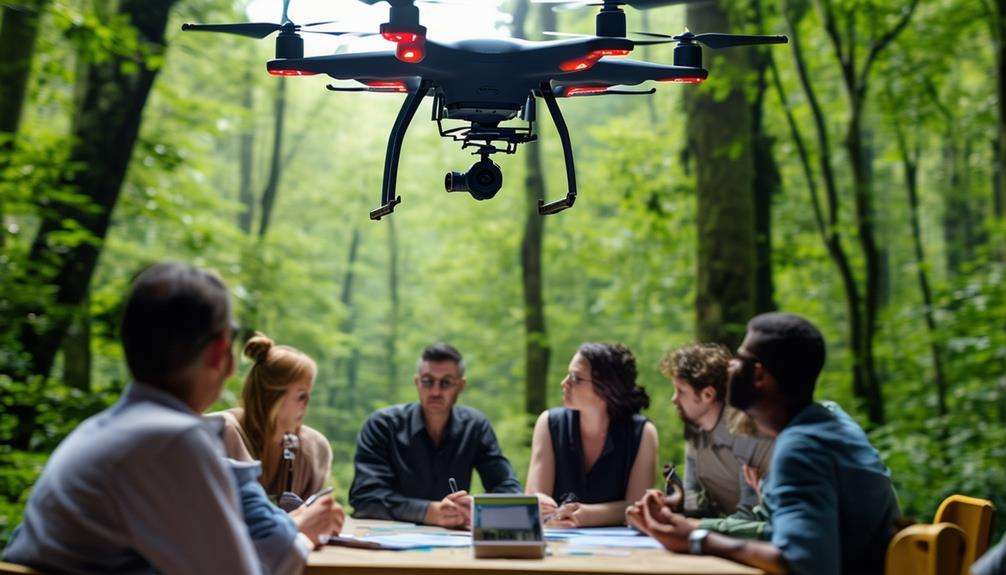
When using drones in documentaries, it's essential to uphold ethical practices that respect privacy, wildlife, and cultural sensitivities. Adhering to these ethical standards is crucial for maintaining the authenticity and integrity of your documentary production. Always obtain the necessary permissions to film in specific locations, ensuring that your presence and your drone don't intrude on private spaces or culturally sensitive areas.
Respecting privacy is paramount. Be mindful of individuals who may not wish to be filmed and secure their consent before capturing footage. Additionally, consider cultural sensitivities to avoid offending or misrepresenting local communities.
Minimizing wildlife disturbances is another critical ethical consideration. Drones can disrupt animals, potentially causing stress or altering their natural behaviors. Maintain a safe distance and avoid intruding on habitats to ensure the welfare of wildlife.
Ethical considerations in documentaries also involve capturing authentic content. Misrepresenting or manipulating footage can undermine your documentary's credibility. By adhering to ethical drone usage, you respect the subjects you're filming and create a more genuine and impactful documentary.
Legal and Safety Guidelines
Adhering to ethical considerations is important, but compliance with legal and safety guidelines for drone use in documentaries is imperative. Aviation authorities have established stringent regulations and safety standards that must be followed. Securing the necessary permits and ensuring adherence to all legal requirements is crucial to avoid severe penalties.
Safety protocols are equally critical. Maintaining a safe distance from crowds is essential to protect both the crew and the public. This involves understanding airspace restrictions and ensuring flight paths are free of obstacles and no-fly zones.
To ensure legal and safe operation, consider the following key points:
- Permits: Obtain all necessary permits before flying, including local and national authorizations based on your filming location.
- Crew and Public Safety: Maintain a safe distance from people and property to minimize accident risks and safeguard everyone involved.
- Flight Paths and Airspace Restrictions: Carefully plan flight paths to avoid restricted areas, adhering to altitude limits and no-fly zones to ensure regulatory compliance.
Case Studies in Documentary Filmmaking
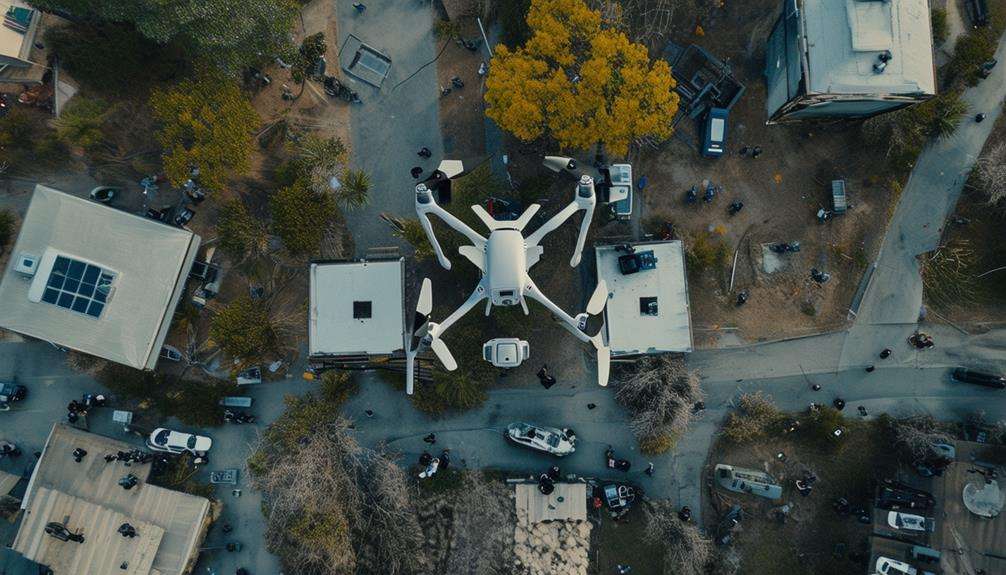
Drones have revolutionized documentary filmmaking by providing unparalleled aerial perspectives that captivate audiences and enrich storytelling. In 'Chasing Coral,' drones were pivotal in capturing breathtaking aerial shots of coral reefs, offering viewers a unique perspective on the beauty and fragility of underwater ecosystems. This drone footage not only enhanced the visual impact but also deepened the narrative, making it more immersive.
In another compelling case study, 'The Ivory Game' utilized drones to monitor illegal wildlife poaching activities. The aerial shots provided real-time surveillance and a bird's-eye view, crucial for documenting the scale and urgency of the poaching crisis. The use of drones in this scenario brought a new dimension to documentary filmmaking, combining investigative journalism with striking visuals.
Similarly, 'Sky Ladder' showcased the power of drones in capturing intricate art installations. The aerial footage allowed filmmakers to present these expansive artworks in their entirety, offering viewers a perspective that ground-level cameras couldn't achieve.
These case studies illustrate how drone footage significantly elevates documentary storytelling. By providing unique perspectives and immersive visuals, drones have become indispensable tools in documentary filmmaking, enhancing both the narrative and visual impact.
Future Trends in Drone Technology
As drone technology continues to evolve, it promises groundbreaking advancements that will redefine how aerial stories are told in documentary filmmaking. Significant strides in AI integration will enable drones to navigate complex environments and capture dynamic shots with minimal human intervention. Enhanced camera capabilities will enrich the quality of aerial footage, offering richer colors and higher resolution that make every frame come alive.
Autonomous drones will unlock new storytelling possibilities, allowing filmmakers to focus more on creative aspects rather than manual controls. Improved flight performance will ensure smoother, longer, and more reliable flights, providing the flexibility to capture footage in challenging conditions.
Regulatory developments will play a crucial role in shaping the use of drones, emphasizing safety compliance and ethical usage standards. As these regulations evolve, they'll ensure that the technology is used responsibly, balancing innovation with public safety.
- AI Integration: Drones will become smarter and more self-sufficient.
- Enhanced Camera Capabilities: Expect higher quality and more versatile footage.
- Regulatory Developments: Safety compliance and ethical usage will be prioritized.
As drone technology advances, the possibilities for documentary production are limitless.
Conclusion
In documentary filmmaking, drones have revolutionized the industry by providing stunning visuals, unique perspectives, and cost-effective solutions. These versatile tools enable the capture of breathtaking footage that enhances storytelling.
With rapid deployment capabilities, drones streamline the production process, making it more dynamic and efficient. Navigating ethical, legal, and safety considerations is essential, but drones remain an invaluable asset in the filmmaker's toolkit, unlocking creative possibilities and paving the way for future technological advancements.

